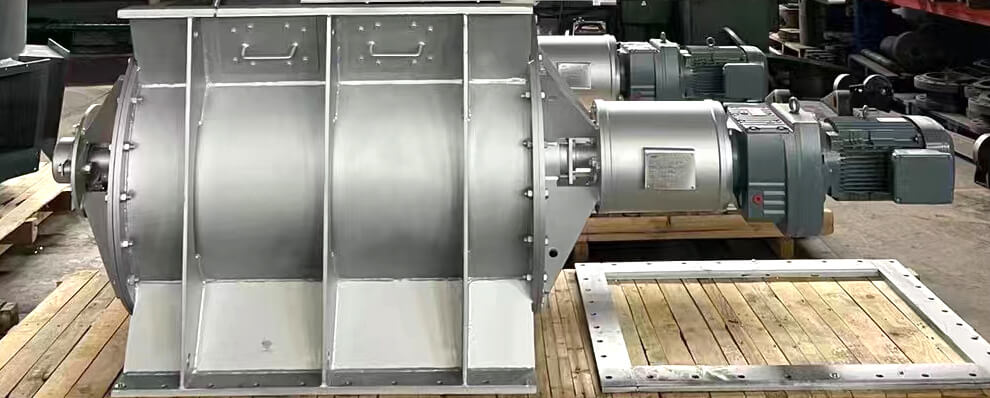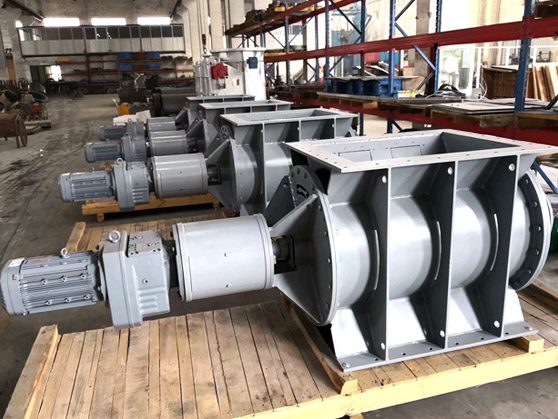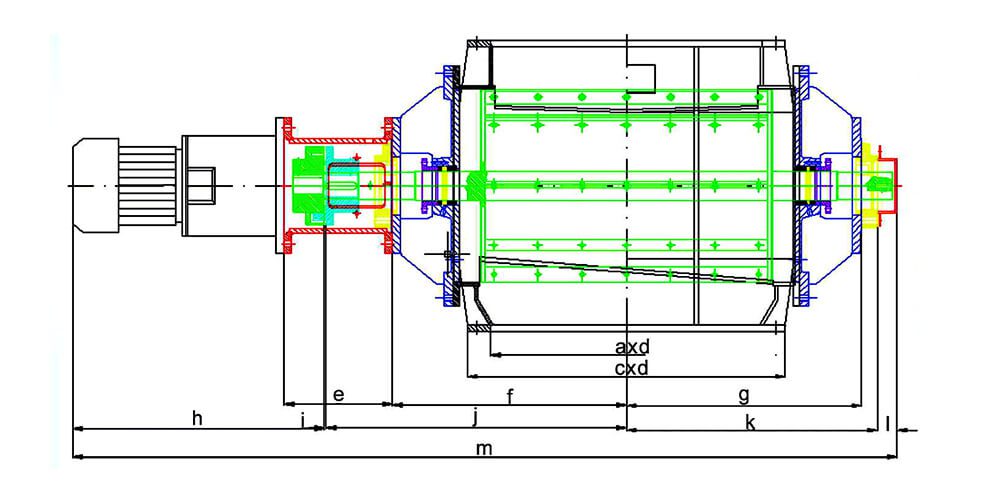Highlight
The hard seal star discharge valve operates flexibly in high-temperature environments. It meets high sealing requirements. It also functions well under complex working conditions. The valve provides a good sealing effect. Additionally, it allows for convenient disassembly. However, the current star ash discharge valves on the market do not meet the requirements for conveying and discharging powder materials. Their performance is often not ideal.
Sealing Structure: The tight engagement between metal surfaces creates the sealing structure of hard seal valves. This structure provides good sealing performance.
Applicable Temperature: Due to the metal sealing structure, hard seal valves can operate at relatively high temperatures, typically ranging from -196°C to +650°C.
Applicable Media: Hard seal valves have a more reliable sealing structure compared to soft seal ball valves. Therefore, they can be used with a wider range of media, including gases, liquids, and steam.
Sealing Performance: The sealing performance of hard seal valves is superior to that of soft seal ball valves, offering higher reliability.

Application
The hard seal star discharge valves are mainly used in industrial fields such as petrochemicals, natural gas, and power generation. They are also used in situations that require resistance to high pressure, high temperature, and strong corrosive media. These valves are typically made from high-strength materials like stainless steel or alloy steel. This ensures stability and reliability under extreme conditions. The advantages of hard seal valves include good pressure-bearing capacity. They also offer corrosion resistance and high-temperature performance. These features allow them to operate stably for extended periods in harsh industrial environments.
Structure & Drawing
Darko uses branded and reliable motors and reducers for star discharge valve. The rotor, made of special materials, features a unique structure that fully adapts to temperature changes in the firing thermal system. The wear-resistant scraper on the rotor is precisely positioned, making maintenance convenient and easy.

Working principle
When the electric reducer runs, it drives the impeller using a one-way coupling. The design includes a high-temperature resistant elastic hard seal steel plate installed on the feeding impeller. When the transmission mechanism rotates the rotor, it secures the feeding impeller and the elastic hard seal steel plate with pressure plates and bolts. The rotor then rotates the elastic hard seal steel plate within the valve body. The feed impeller transports material from the feeder inlet (upper mouth) to the feeder outlet (lower mouth) to achieve discharge.
Specification parameter
| Rotor specifications,mm | Maximum flow,t/h | c×d | m |
| Φ500×700 | 150 | 500×700 | 2075 |
| Φ630×800 | 300 | 630×800 | 2396 |
| Φ800×1000 | 350 | 800×1000 | 2950 |



